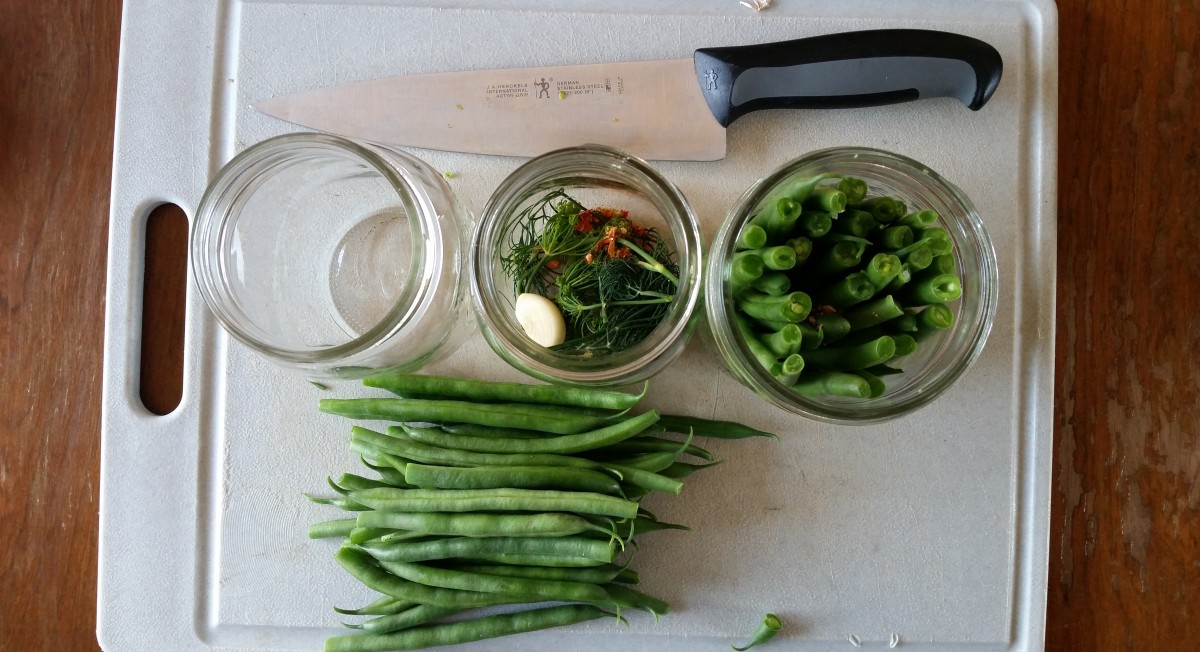When I moved to the farm after 13 years of living in the city, my grandmother suggested I start small. You know, small garden, only a few chickens, don’t bite off more than you can chew…I didn’t really listen. Maybe I should have. But now, almost three years into my prairie farm life, I think it might be too late to heed her wise advice…
Spill the beans is a weekly column chronicling my attempts at a self-sufficient life on this small prairie farm.
***
There are many ways to preserve food that you’ve grown or purchased. But if you’re going to start preserving, you need to be prepared. Trust me when I say that there is nothing worse than being mid-way through a day of canning and realizing that you don’t have the right pot, bowl or herbs. It’s the difference between successful canning you will be proud of and display all over Facebook and Instagram and having to throw everything away for lack of planning. Let’s make sure that most attempts result in the former…
Here’s the list, in no particular order:
- Food processor. Incredibly useful for chopping, shredding, etc. It’s not a necessity. You can chop or shred by hand, but I swear having one of these babies has changed my life.
- Sharp knives and cutting boards. You’ll want a variety of sizes of both, depending on what you are preserving/canning. Even if you have the food processor. There is always some rough chopping, trimming or peeling that needs to be done.

Photo credit: Jamie Dyck - Canning kit. These can be purchased at most large grocery stores. They cost about $50 and contain everything you will need to can. Included will be: a canner (large pot), rack (to lift the jars in and out of the boiling water), lifter, funnel, 250 mL jars with rings and lids, pectin and some other things you may or may not use. You can also borrow these items from people because they are bulky and you may not have storage. I bought my own last year (from Superstore) and have not been sorry.
- Rubber gloves. When you are filling hot jars with boiling liquid, you will be glad to be wearing rubber gloves. They protect your hands and arms from splashes. The blue gloves pictured are my “canning rubber gloves.” I don’t use them for anything else.
- Wooden spoons. Better than metal because they don’t heat up when you inevitably stir the peaches/apples/salsa/relish/pickle brine but get distracted immediately afterwards and leave the spoon in the pot.
- Large bowls. You will need many. And, depending on the recipe, you may need a few different kinds such as glass, ceramic, stainless or plastic. In a pinch, pails work too.

Photo credit: Jamie Dyck - Pickling vinegar, regular vinegar or apple cider vinegar. These vinegars are not the same. Pickling vinegar is 7% acetic acid, white vinegar is 5% acetic acid and apple cider vinegar will change the colour/flavour. Use the vinegar that the recipe calls for.

Photo credit: Jamie Dyck - Pickling salt. It’s just coarse salt. Some recipes call for sea salt, but make sure it is non-iodized. Iodine will turn your pickles/relish etc a weird colour over time.
- Towels or a cooling rack. Ideally, you will have both. I should also add that you’ll need counter space or a table cleared of laptops, phones and clutter. The jars will need some place to cool off.
- Pots, both large and small. Large pots will be used to cook things. Have them all at the ready. Small pots will be used to heat the jar lids. Always keep the pot lids handy, too.
- Clean dishrag. If you don’t wipe the rims of the jars after filling them with whatever you are canning, the jars may not seal. And you don’t want to use the dishrag that’s been sitting in the sink for the past few days. Gross.
- Jars, lids and rings. Size matters, people. Don’t make quart jars full of relish if you want to give it away as gifts. Don’t make half pints of tomato sauce if you plan on making large meals of pasta on a regular basis. Before you start, think about how you are going to use the product you are making and use the right jars. There are many sizes and colours available at the grocery store and even more available online.
- Reliable recipe. If you have eaten a homemade chutney/relish/salsa/sauce that you love, ask for the recipe. Or buy a cookbook or look online at reliable websites. And please, like your Home Ec teacher always told you, read the recipe before you begin. You will want to have everything on hand before you get started.
- Someone to call. You will inevitably have questions. Even the most detailed recipes can seem unclear when you are starting out. You will need someone to call. For me, it’s either my mom or my grandma. I’m lucky to have both in case one isn’t home.
And here are a couple of my favourite recipes from around the web to get you started:

Good luck!!
***
Jamie Dyck is happy to be your “someone to call.” Find her on twitter @jndyck.
